Estimated reading time: 7 minutes
Have you noticed your dog shaking after a meal and wondered why it’s happening?
This odd behavior has several potential causes, from the dog’s emotional state to environmental factors like cold temperatures, as well as health-related issues such as food allergies or even more serious medical conditions.
In this article, we’ll examine some common reasons to explain why your dog might be trembling after eating and when it might be time to consult with a veterinarian.
Reasons Your Dog Shakes After Eating
Anxiety or Excitement Related to Feeding Time
If your dog gets extremely excited about meals, they might shake with anticipation. This is more common in dogs who are food-driven or if they have a particularly favorite meal or treat. The thrill of eating can trigger a burst of adrenaline, which can result in shaking.
Anxiety can also cause shaking in dogs. If feeding time is stressful for your pet, perhaps due to a competitive eating situation with other pets, a rushed atmosphere, or a high-traffic area, your dog might become anxious, leading to post-meal shaking.
To mitigate this, observe the environment and routine around your dog’s feeding time. Ensure they have a calm and quiet space to eat, and try to keep feeding times consistent to avoid unsettling them. If you have multiple pets, consider feeding them separately to reduce competition and stress.
Impact of Cold Temperatures
Temperature can have a significant impact on your dog’s physical reactions, including causing them to shake. This is particularly relevant if your dog is eating in a cold environment or if they’re eating cold food.
Dogs shake when they’re cold as a way to generate body heat. Just as humans might shiver in response to a drop in temperature, dogs can display the same behavior. If your dog is fed outside or in an unheated area of your home during colder months, or if they’ve just enjoyed a cold treat, this could be the simple explanation for their shaking.
Size and breed can also play a role in your dog’s sensitivity to cold. Smaller dog breeds, such as West Highland White Terriers or Maltese, or breeds with short hair, are often more susceptible to feeling cold. Also, very young or old dogs may have difficulty regulating their body temperature, making them more prone to shaking when it’s chilly.
If you suspect that your dog is shaking due to cold, check their ears and body temperature. Ears are a good indicator of a dog’s body temperature; if they feel cold to touch, then your dog is likely cold. Also, try to note if the shaking occurs predominantly during colder times or immediately after ingesting something cold.
To address this, you could adjust the room temperature before feeding or provide your dog with a warm spot to eat. If your dog enjoys frozen treats, try to limit these during colder weather or give them time to warm up afterward.
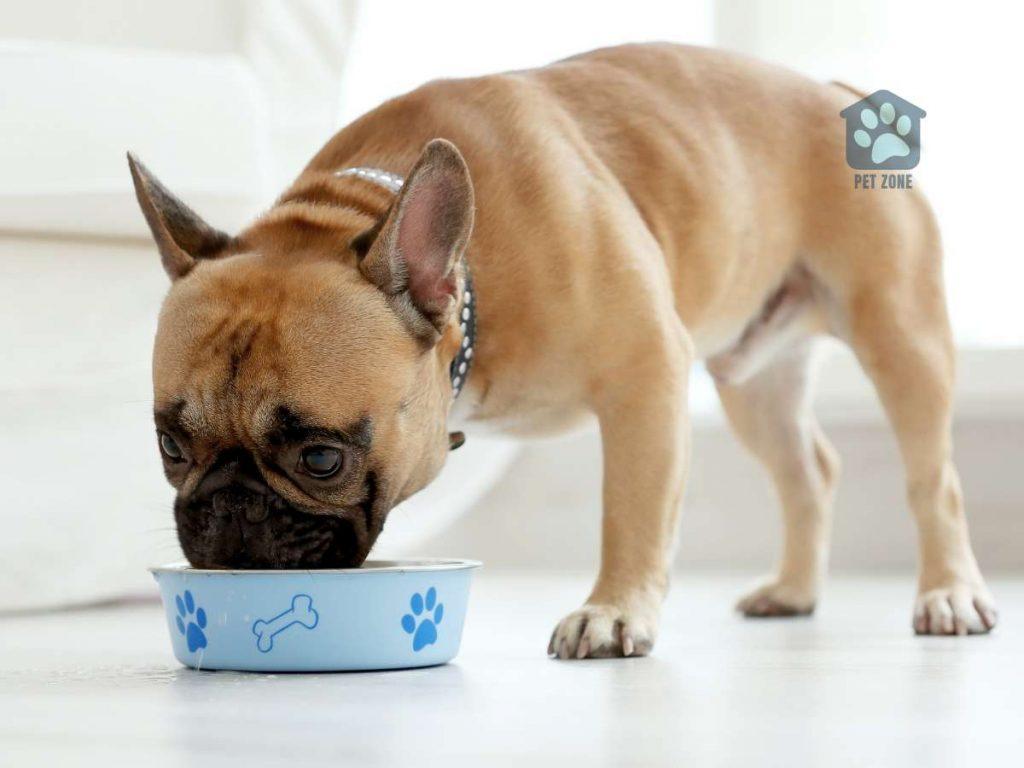
Food Allergies or Intolerance
Food allergies or intolerance could be another potential cause for your dog to shake after eating. In dogs, food allergies can manifest in many ways, and while skin conditions are the most common symptoms, shaking or trembling can also occur.
Allergies can develop at any stage of a dog’s life, so even if your dog has been eating the same food for years without any problems, they can still develop an allergy or intolerance to it. The most common food allergens for dogs are beef, dairy, wheat, egg, chicken, lamb, soy, pork, rabbit, and fish.
When a dog has a food allergy or intolerance, their body recognizes the offending food as harmful and triggers an immune response. This response can cause various symptoms, including gastrointestinal problems, itching, and in some cases, shaking or trembling.
Food intolerance, while not an immune response, can also cause discomfort in your dog. This is because their body has difficulty digesting a certain type of food, leading to gastrointestinal upset that may result in shaking.
If you suspect your dog has a food allergy or intolerance, it’s crucial to consult with your vet. They may suggest an elimination diet to identify the offending food.
This involves removing all but the most hypoallergenic foods from your dog’s diet, then gradually reintroducing other foods one at a time while observing your dog for any signs of an allergic reaction or intolerance.
Digestive Upsets or Gastrointestinal Issues
Your puppy shaking after eating can be a sign of digestive upsets or gastrointestinal issues. If your pet’s stomach or intestines are in distress, their body may react by shaking or trembling.
For instance, conditions like gastritis (inflammation of the stomach lining) or pancreatitis (inflammation of the pancreas) can lead to discomfort or pain after eating, which can cause your dog to shake. Both these conditions can be triggered by dietary factors such as overeating, consuming fatty foods, or sudden changes in diet.
Parasitic infections, such as worms, can also upset your dog’s digestive system and result in shaking, along with other symptoms like diarrhea, vomiting, or changes in appetite.
Another digestive issue to consider is bloating or gastric dilation-volvulus (GDV), a serious and life-threatening condition where the dog’s stomach fills with gas and possibly twists. While this condition is characterized by a visibly distended abdomen and extreme discomfort, some dogs may also shake due to the pain and stress associated with it.
If your dog seems to be in discomfort or pain after eating, or if they are exhibiting other signs of digestive distress like vomiting, diarrhea, or loss of appetite, it’s important to seek veterinary care immediately.
While some gastrointestinal issues can be managed with changes in diet or medication, others like GDV are emergencies that require immediate surgical intervention.
Serious Health Conditions
While it’s essential to understand the more common and often benign reasons for post-meal shaking in dogs, we must also be aware of serious health conditions that can lead to this behavior. Conditions such as kidney disease, heart problems, Generalized Tremor Syndrome (GTS), or even neurological disorders can cause your dog to shake after eating.
Kidney disease can lead to a buildup of waste products in your dog’s blood, which can cause various symptoms, including shaking. This is often accompanied by other signs such as increased thirst and urination, loss of appetite, and weight loss.
Similarly, heart disease in dogs might cause shaking, particularly if the heart’s inefficiency to pump blood leads to a decrease in overall blood circulation. Other symptoms may include coughing, difficulty breathing, and lethargy.
Generalized Tremor Syndrome (GTS), also known as white shaker dog syndrome, can cause full-body tremors in dogs. While this condition is not fully understood, it seems to affect smaller breeds more often and can be exacerbated by stress or excitement, such as meal times. This condition often requires medical treatment, typically involving corticosteroids.
Neurological disorders like canine distemper or certain types of seizures can also cause shaking or trembling in dogs. These conditions are often present with other neurological signs such as incoordination, unusual eye movements, or changes in behavior.
Remember, while these conditions are less common as causes for post-meal shaking, they are serious and require immediate veterinary attention. If your dog’s shaking is accompanied by any of the symptoms noted above, seek immediate consultation with your vet.
Conclusion
It’s essential to closely observe your dog’s behavior and environmental conditions to identify any potential triggers or concerns. Always remember, while some causes of post-meal shaking can be addressed with changes in diet or environment, persistent shaking or additional symptoms require immediate veterinary consultation.
This article has aimed to provide you with a broad understanding of why your dog might shake after eating, but nothing replaces the advice and guidance of a professional veterinarian when it comes to your pet’s health.
With attentive care and proactive action, you can help ensure your dog remains a healthy and happy member of your family.
Please Comment and Share
We hope you found this article helpful! If you have any thoughts or experiences you’d like to share, please feel free to leave a comment below. We love hearing from our readers.
And if you think this article could help other dog lovers, don’t hesitate to share it on your social media platforms. Your shares help us reach more interested pet people. Thanks for your support!
As an Amazon Associate I earn from qualifying purchases.
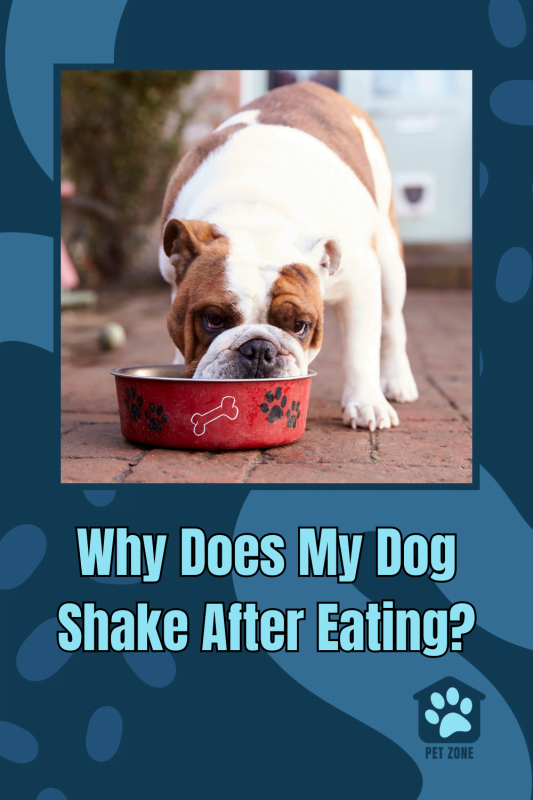


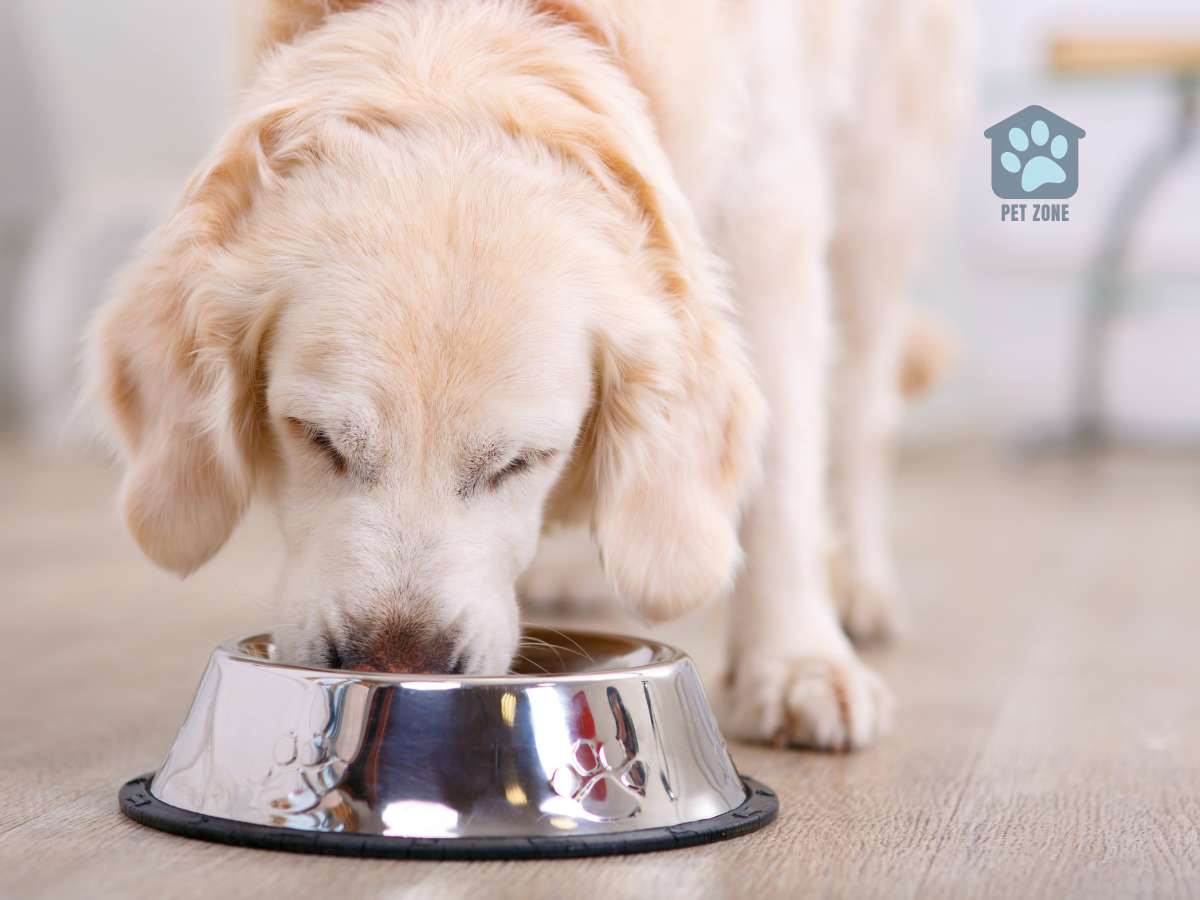

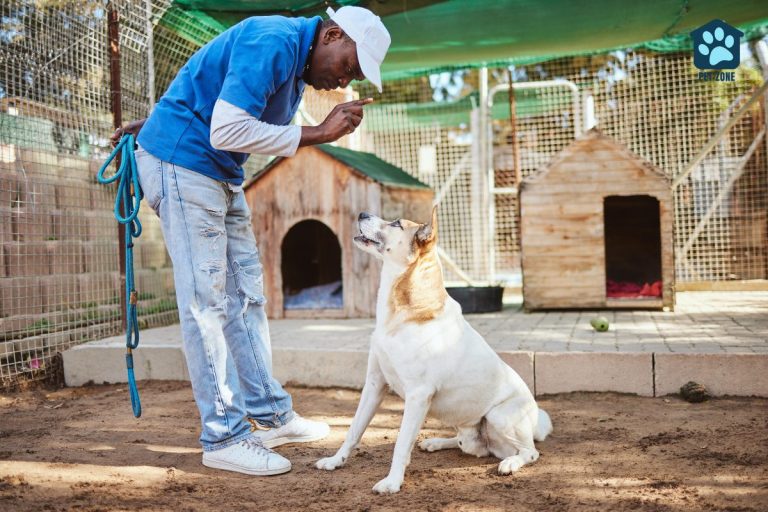
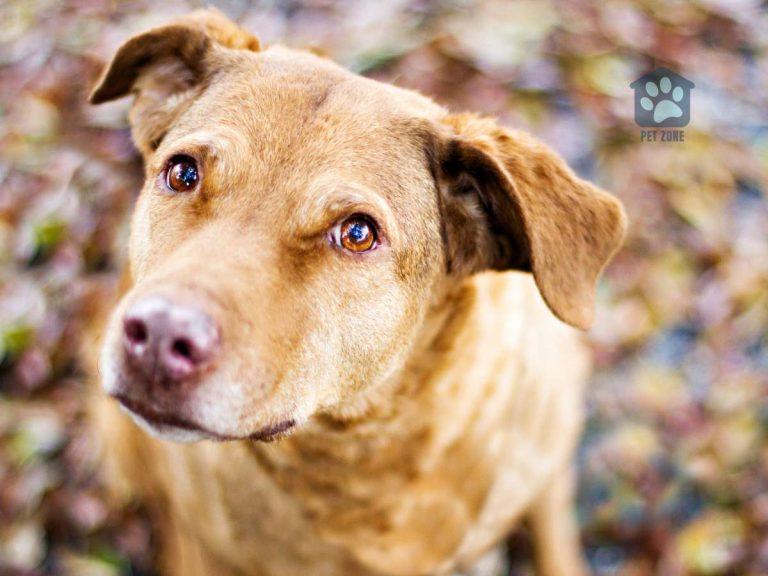


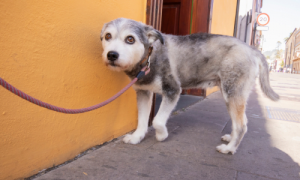
I do have a food-motivated dog, and he is always super happy when it’s feeding time. He also, to the minute, knows when it’s the time and will sit next to you. We always bring him to a sit and ask him, “Are you hungry, boy?”, and in anticipation of that, he sometimes shakes and is excited all around.
Super cute to watch 🙂
Great read, thank you so much!